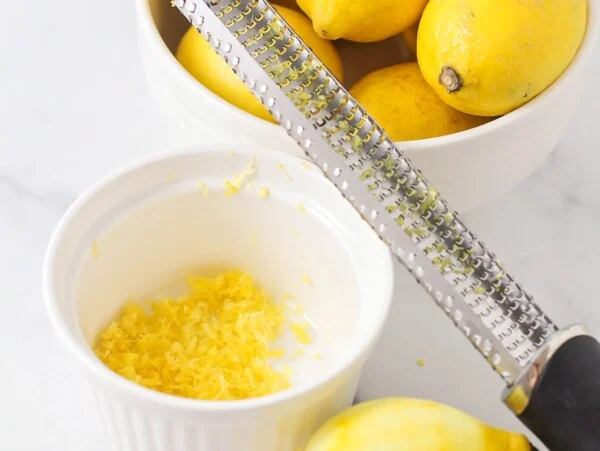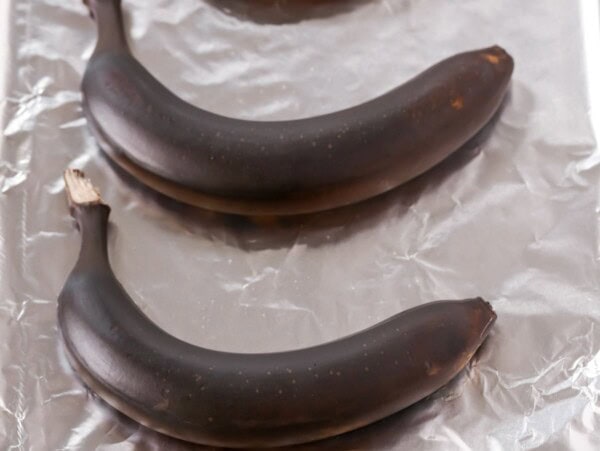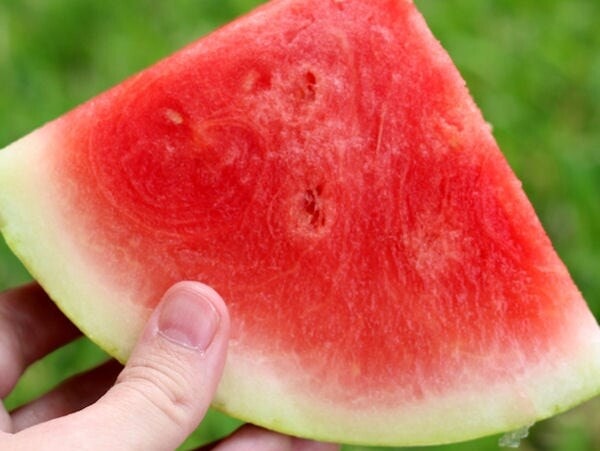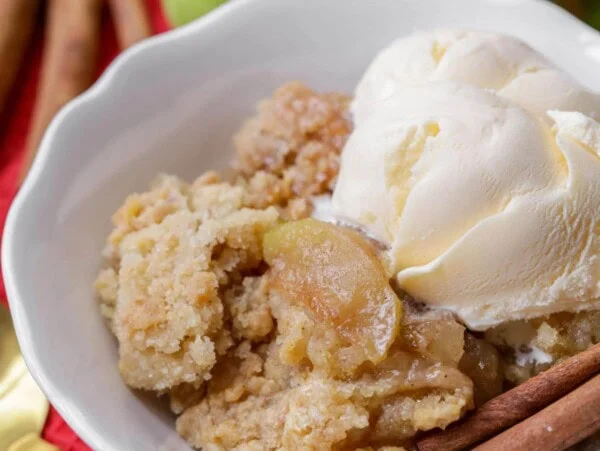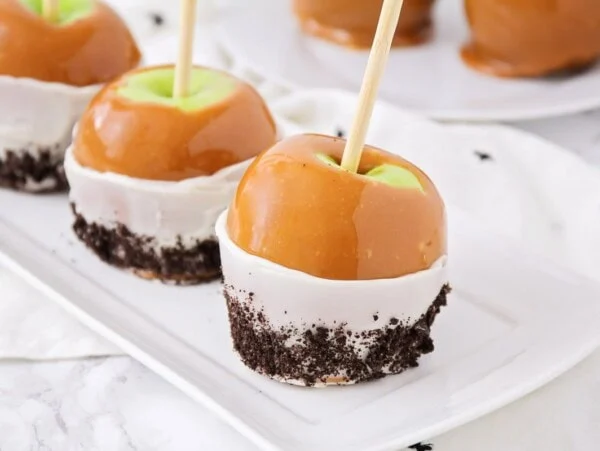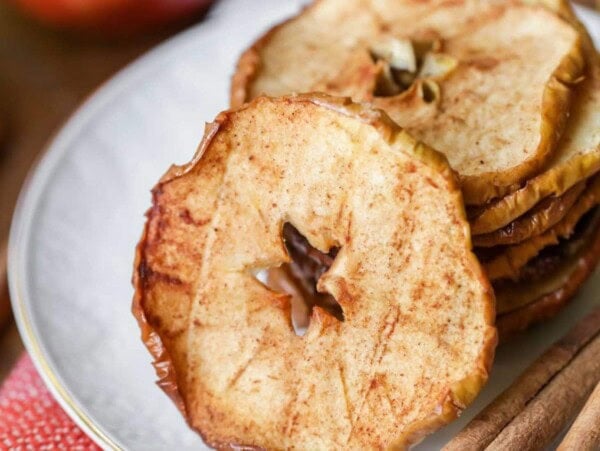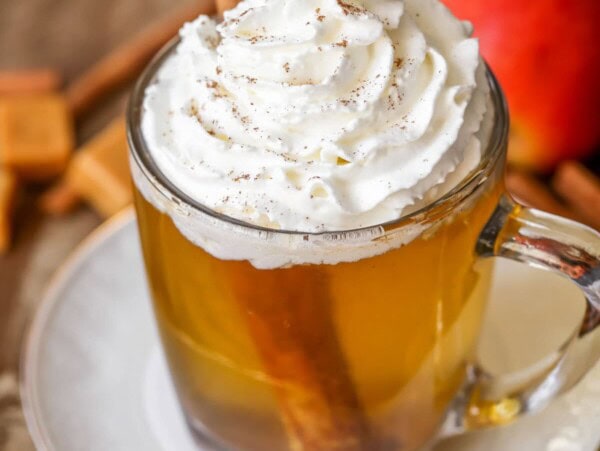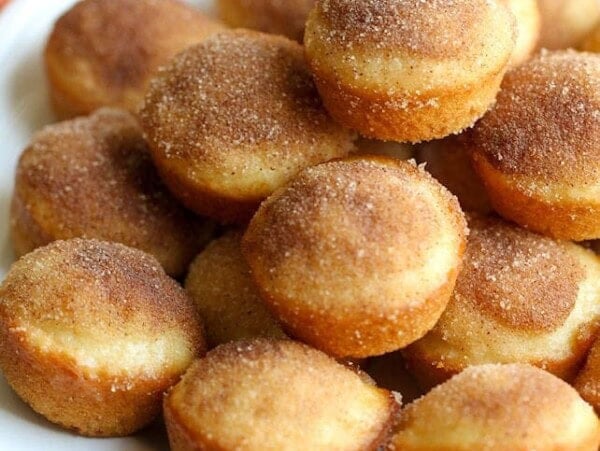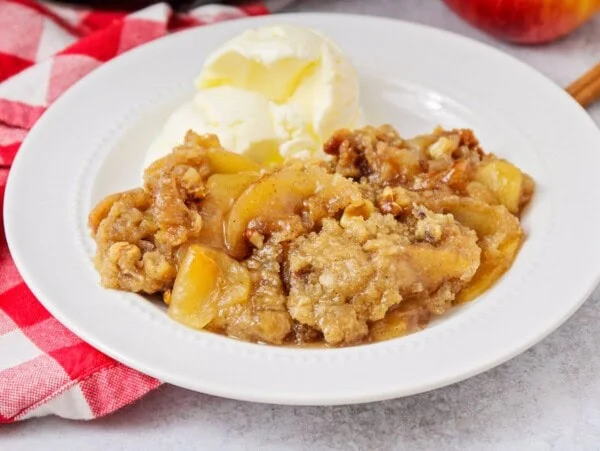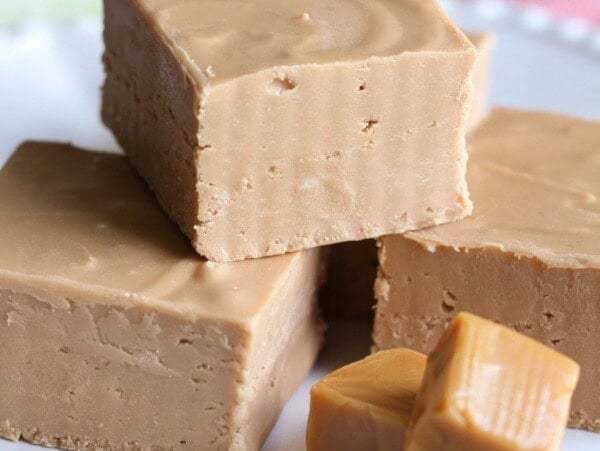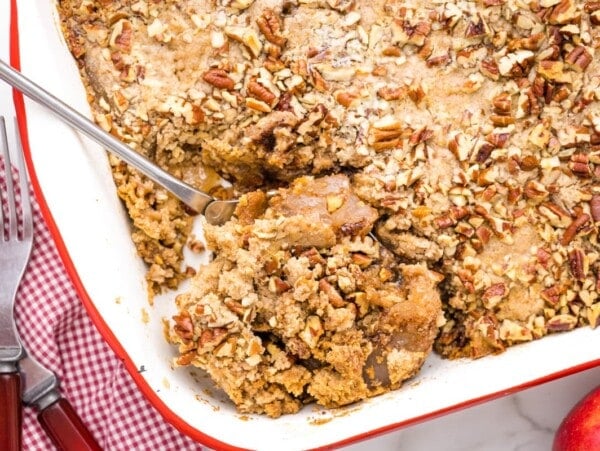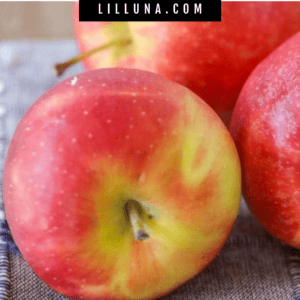This post may contain affiliate links. Please read our disclosure policy.
Apples are a crisp, fresh fruit loved by many, but their tendency to brown is such a bother! Here’s how to keep apples from turning brown.
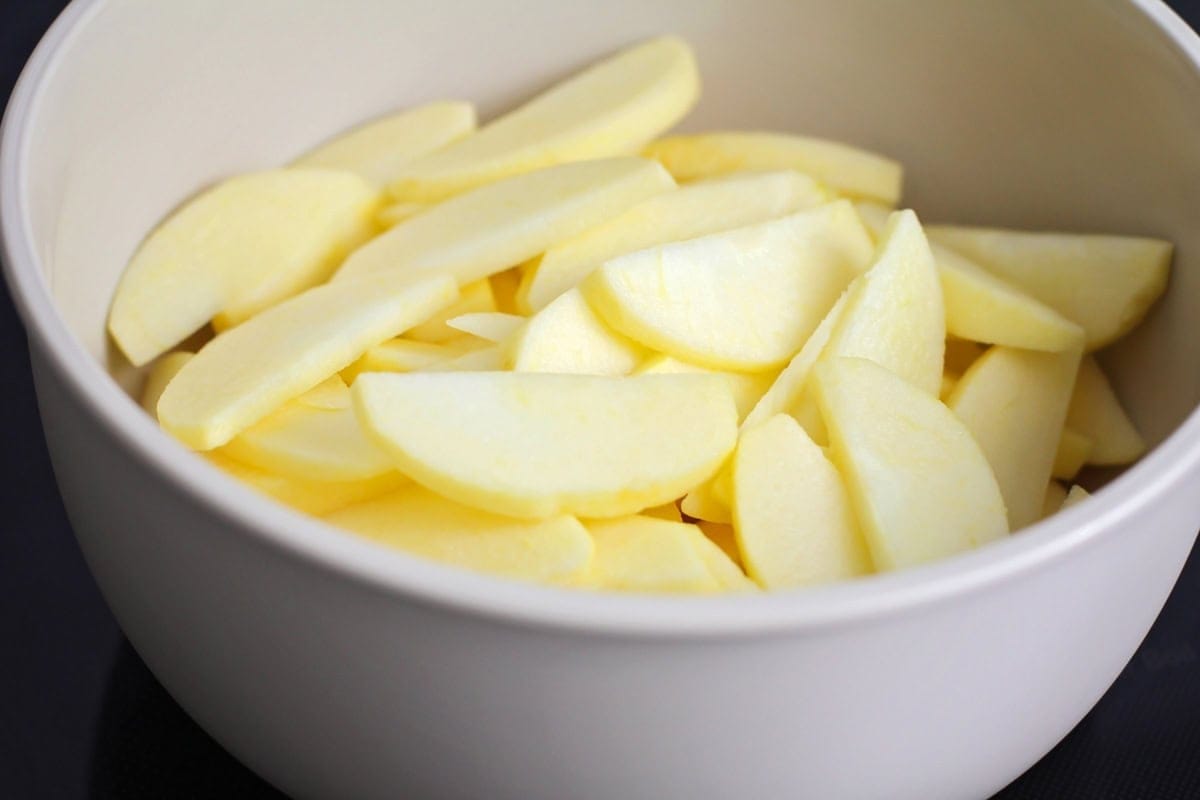
We Love Apples!
Honey crisps, granny smith, red delicious, we love em’ all! With six kids in the house, apples are a must-have on our grocery list! They’re perfect for whipping up breakfast favorites like Apple Pancakes, Apple Muffins, or Apple Fritters, and even make for quick afternoon snacks like Caramel Apple Nachos, Apple Cinnamon Muffins, or just dip them in some peanut butter!
Apples are also great for tossing into salads like our Apple or Waldorf Salad or packing in lunch boxes, but the one thing we always struggled with was keeping them from turning brown. Nobody likes brown apples—especially the kids! Luckily, we’ve found some tricks to keep them looking fresh until it’s time to enjoy!
Why We Love Apples:
- An all-around option. You saw earlier in this post how ways we love to use apples—and that’s not even half the apple recipes! There are so many ways to use apples and so many flavors that pair well!
- Healthy choice. Apples are packed with nutrients, including fiber, vitamins, and antioxidants.
- Comforting and Satisfying. A crisp, juicy apple can be a comforting and satisfying snack.
Table of Contents
Why Do Apples Turn Brown?
Have you ever wondered why apples turn brown, anyway? Well if you have, you’re in luck. We’ll break down the short version for you. Apples turn brown because of the oxidation process. When you cut apples, it exposes the inside to oxygen in the air. This triggers enzymes in the apple, like polyphenol oxidase, to react with the oxygen, causing it to produce melanin and turn the flesh brown.
This doesn’t affect the taste of the apple right away, but who wants to eat brown apples? We sure don’t! Now let’s talk about the best ways for preserving apples.
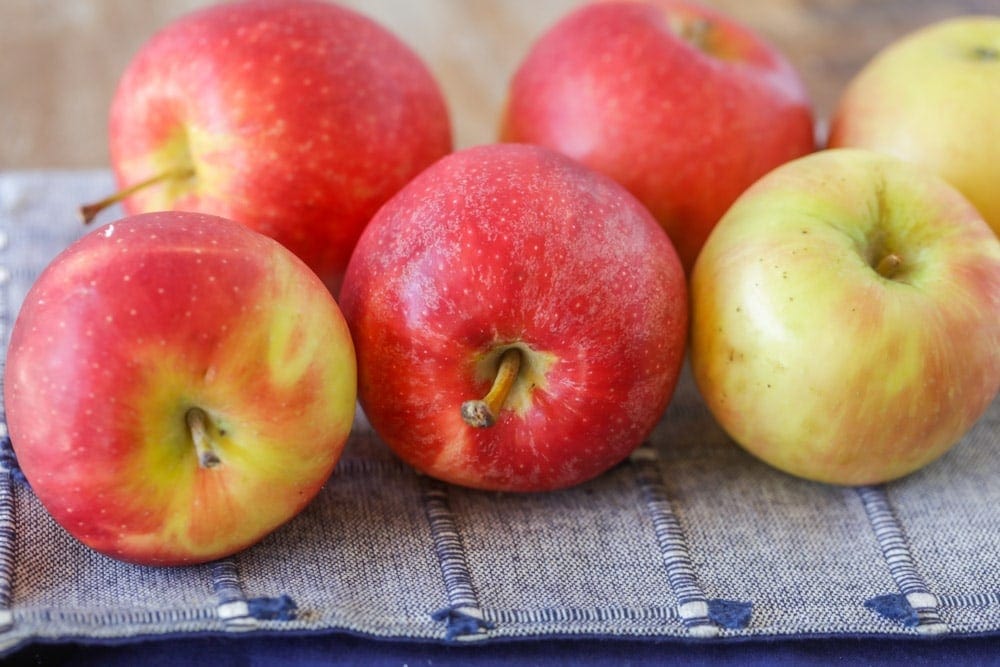
Methods To Keep Apples From Turning Brown
- Fresh lemon or lime juice. Add 1 tablespoon of lemon juice or lime juice to 1 cup of plain water to a bowl. Soak the apple slices for 3-5 minutes. Drain, rinse, and pat dry.
- Ball’s Fresh Fruit. This or another ascorbic acid powder works great. To use, soak apples for 3-5 minutes in a mixture of 1 tablespoon of Ball’s Fresh Fruit and 1 cup of water. This can usually be found in the food storage/canning section at the grocery store.
- Ginger ale. Soak for 3-5 minutes. Drain, rinse, and pat dry.
- Lemon-lime soda. Soak for 3-5 minutes. Drain, rinse, and pat dry.
- Salt water. Mix 1-2 teaspoons of salt into 1 quart of water. Soak apples for 3-5 minutes. Drain, rinse, and pat dry. The type of salt doesn’t matter, just make sure it’s fully dissolved. Kosher salt can dissolve more slowly because of its larger crystals, but it works just as well as table salt for this purpose.
- Citric acid. Mix 1 teaspoon of powdered citric acid into 1 cup of water. Soak the apple slices for 3-5 minutes. Drain, rinse, and pat dry. This might not be something you have on hand, but citric acid can usually be found in the food storage/canning section of most grocery stores.
- Honey water. Honey is a natural preservative because of its low pH and high sugar, which helps keep apples from browning. Stir 2 tablespoons of honey into 1 cup of water. Soak the apple slices for 3-5 minutes. Drain, rinse, and pat dry.
- Airtight container in the refrigerator. Apples will turn brown much faster if left at room temperature, so chilling them in the fridge helps keep them looking fresh longer.
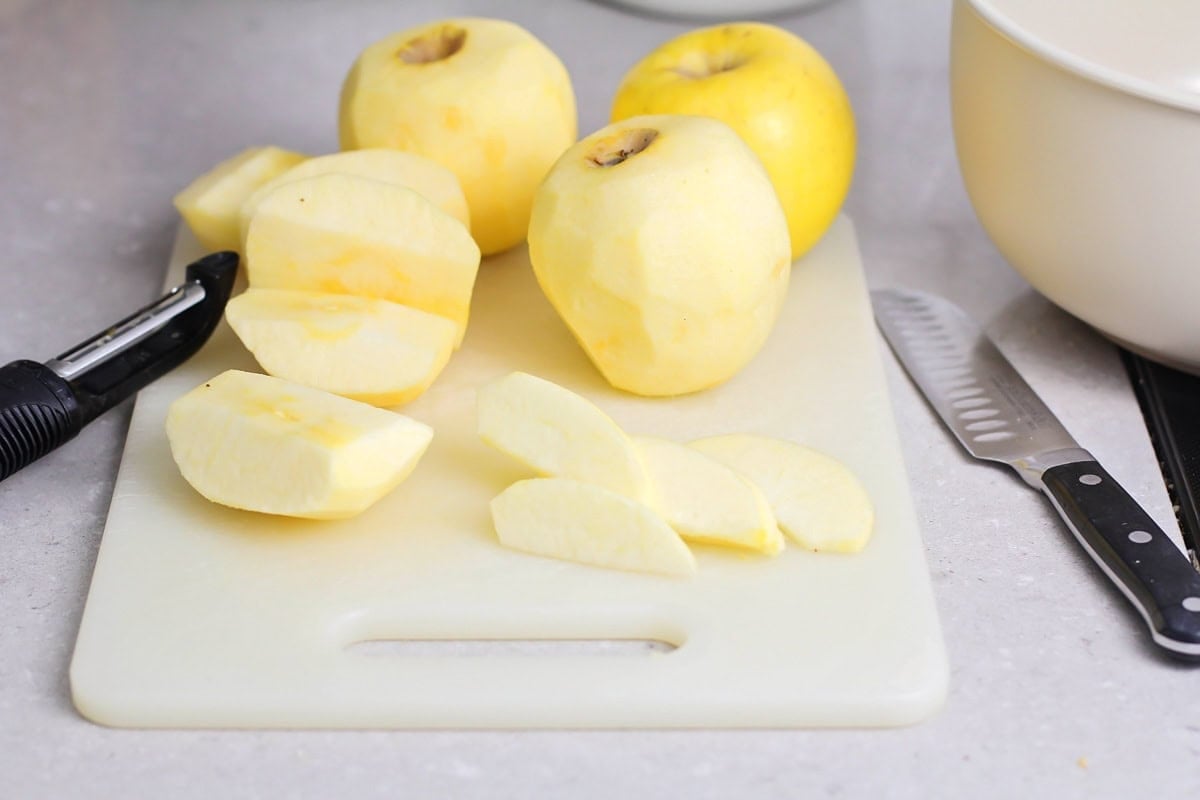
More Like This
Kitchen Tips
Apple Recipes
Apple Cobbler Recipe
1 hr 20 mins
Caramel Apples
1 hr 55 mins
Apple Chips Recipe
3 hrs 10 mins
Caramel Apple Cider
25 mins
More Apple Recipes
Mini Applesauce Muffins
21 mins
Crock Pot Apple Crisp
3 hrs 15 mins
Caramel Apple Fudge
1 hr 15 mins
Apple Dump Cake
55 mins
FAQs
They may not be visually appetizing, but they are generally safe to eat. If the apple has a bad smell or texture to it, though, it’s best to toss it!
Soaked apples can stay fresh in the refrigerator for up to 24 hours. For longer storage, consider using the soaking methods and then keeping them in an airtight container.

